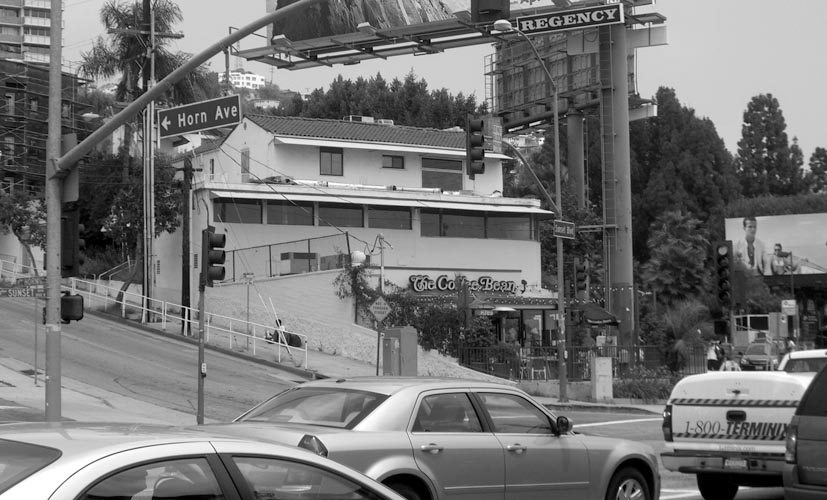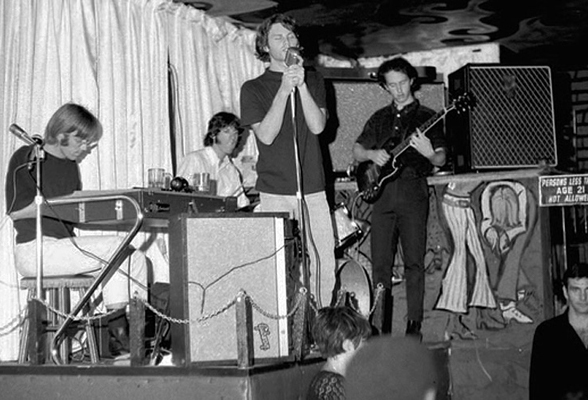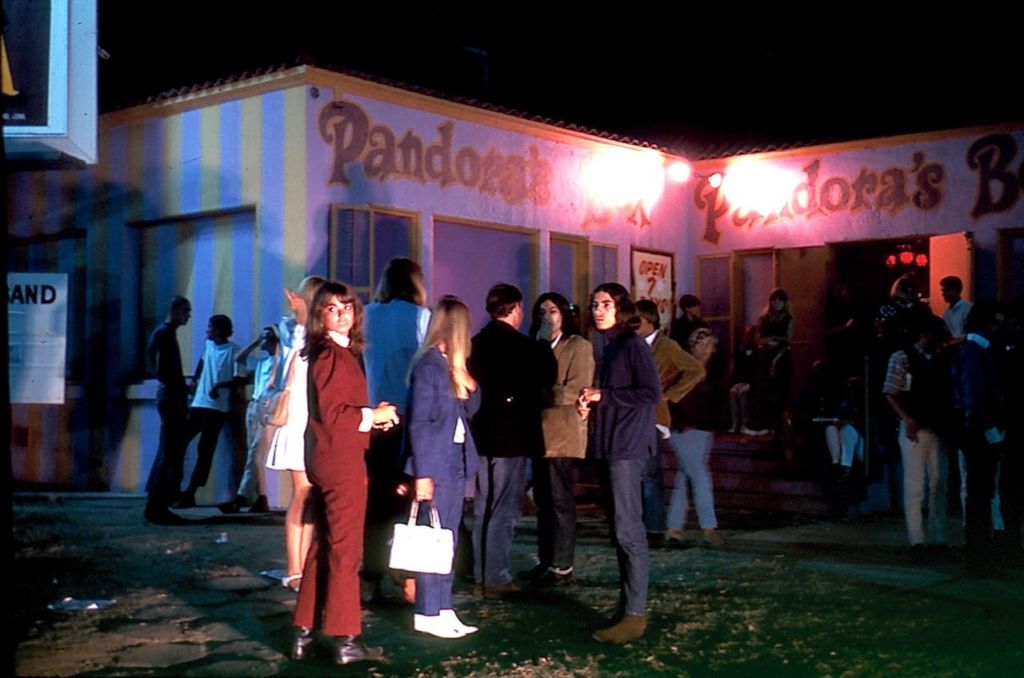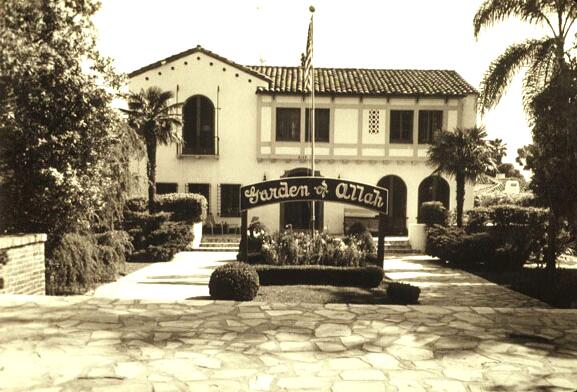Gone But Not Forgotten in West Hollywood
Explore the fascinating history of the Sunset Strip
 By Chris Epting
By Chris EptingFebruary 10, 2020 — 4 Minute Read
Certain iconic establishments along the Strip may be gone, but their legacies still help shape the mystique and lore of the area. Without them, the Sunset Strip wouldn’t be what it is today. Here are several bygone places along the Strip that are not marked by plaques. You simply have to know where to look.
The original Spago –1114 Horn Avenue
Beyond just being one of the birthplaces of California Cuisine, the original Spago opened by Wolfgang Puck in 1982 was the preeminent celebrity watering hole for almost two decades. For years it hosted the famous Oscar night party held by super agent Swifty Lazar, and even after the new Spago opened in Beverly Hills in the late 1990s, the original location still retained a lot of its mystique.
The original Spago closed in March 2001 and today it still sits empty. It’s a plain and drab boarded-up structure these days, though it was never that fancy to begin with. Still, seeing it today, tired and forgotten like so many over-the-hill screen stars, seems sad. With no plaque or any sort of marker, it looks like just another anonymous building. But it’s not. It’s where all the stars in the heavens once gathered.

The London Fog – 8919 Sunset Blvd
Located just a few doors west of the Whisky a Go Go, the London Fog was a happening 1960s nightclub most notably known as the spot where The Doors had their first regular gigs. They played here frequently for several months in early 1966 before leaving the Fog and taking up residency at the Whisky. The place where The Lizard King once prowled is now a barbershop called Like A Gentleman.

Pandora’s Box –8118 Sunset Blvd.
First it was a jazz club in the late 1950s (when John Phillips, who someday would lead the Mama and the Papas, performed here as a bongo player for a month in 1958). But in 1962, Pandora’s Box became one of the hottest teen clubs on the Strip.
It was also the flashpoint of the Sunset Strip riots in 1966 when tensions boiled over between kids who hung out on the Strip and cops that were trying to enforce outmoded curfew laws. Buffalo Springfield wrote a song about what happened here called For What It’s Worth. Torn down in late 1967 among more protests and spirited gatherings, the spot where Pandora’s Box stood is today a traffic island. As with many other spots along the Strip, there is no marker or sign to educate the next generation as to what took place here.

The Garden of Allah – 8150-8152 Sunset Blvd.
Whether or not Joni Mitchell really wrote her song “Big Yellow Taxi” about what used to stand here almost doesn’t matter. That’s been the story for so long that it seems whenever anyone hears those lines, “They paved paradise and they put up a parking lot,” they automatically think of the Garden of Allah, the exotic apartment complex named after Alla Nazimova, the actress that originally owned it.

It was built as a single house in 1919 and became infamous from the debauched parties held here by the openly lesbian Nazimova. In 1927, a complex of 25 villas were erected and over the years such literary figures as F. Scott Fitzgerald and Robert Benchley lived here. In 1959, the structure was torn down and today, as we know, it is a parking lot and a strip mall.

About Chris Epting
Chris Epting is the author of 30 travel/history books, including James Dean Died Here (Santa Monica Press), Roadside Baseball (McGraw Hill), Hello It's Me, Dispatches From a Pop Culture Junkie (Santa Monica Press) and many others. He is also an award-winning travel writer and has contributed articles for such publications as the Los Angeles Times, Westways and Travel + Lesiure magazine, among other publications. In addition, Chris is a veteran music journalist and recently co-wrote Def Leppard's Phil Collen's memoir, Adrenalized, and the John Oates Memoir Change of Seasons. Originally from New York, Chris now lives in Huntington Beach, California with his wife and their two children.View All Content
